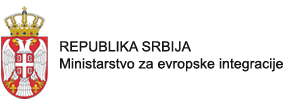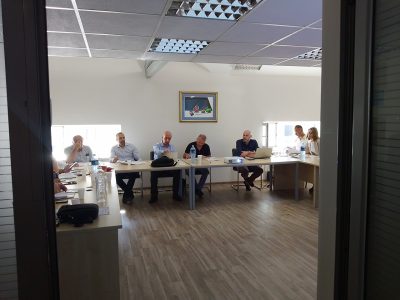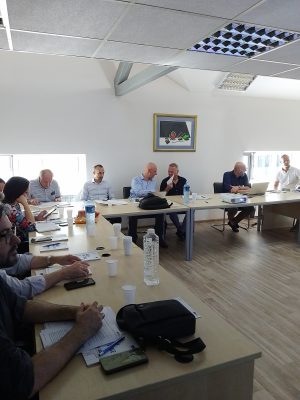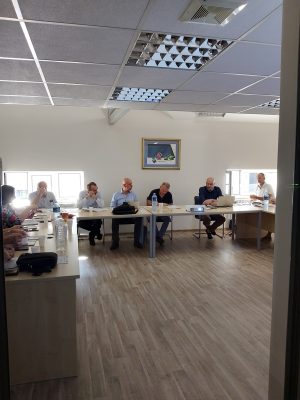Chapter 1: assessments of quality infrastructure systems in Serbia
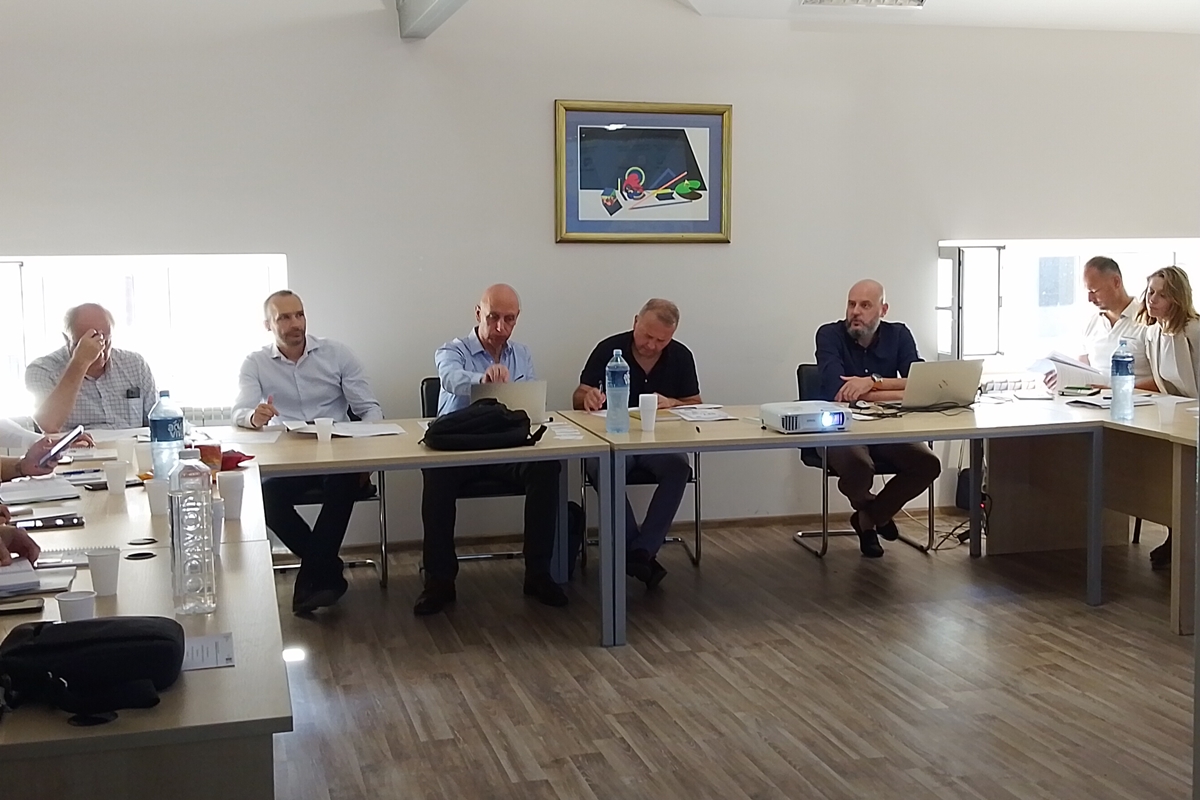
The free movement of goods is one of the four fundamental freedoms of the single market of the European Union. The free movement of goods ensures that products can be placed on a single market and traded freely across the EU based on common rules and procedures. Removing barriers to trade is achieved by the harmonisation of technical regulations.
In the negotiations with the European Union, the Free Movement of Goods is included in Negotiating Chapter 1, which according to the new EU Enlargement Methodology is part of Cluster 2 (Internal Market).
The Chapter 1 consists of technical regulations that regulate the quality infrastructure (which includes standardisation, accreditation, metrology, conformity assessment and market surveillance). These regulations apply to all products.
Regarding the process of negotiations within Chapter 1, the Republic of Serbia has not yet opened the Chapter and is is obliged to provide two benchmarks in order to open negotiations in this chapter:
– Benchmark 1: Serbia shall provide the Commission with an action plan for compliance with Articles 34-36 TFEU, including milestones for the internal screening of domestic legislation and administrative practices, and for the introduction of mutual recognition clauses, and for the necessary subsequent amendments or changes;
– Benchmark 2: Serbia shall present to the Commission a strategy and an action plan with milestones for the implementation of the EU legislation in this chapter.
The harmonised European product legislation, which needs to be transposed by each Member State, represents the largest part of the acquis under this chapter. It is based on the “old approach” (imposing precise product specifications) and the “new and global approach” (imposing general product requirements). The New and Global Approach product legislation covers, among other products, low voltage equipment (such as low voltage electronic equipment, elevators, cable cars, etc) and electromagnetic compatibility.
The Serbian Law on Technical Requirements for Products and Conformity Assessment is the general legal basis for the adoption of technical regulations in Serbia. Serbian legislation is fully aligned with Low Voltage Equipment Directive 2014/35/EU (LVD) and Electromagnetic Compatibility Directive 2014/30/EU (EMCD). The only departure from the requirements of the directives is related to the fact that products imported in these sectors are subjected to additional marking with a Serbian conformity mark (3A mark) prior to placing these products on the Serbian market. In accordance with Article 77 of the Stabilisation and Association Agreement (SAA) Serbia undertook an obligation to take the necessary measures in order to gradually achieve conformity with Community technical regulations and European standardisation, metrology, accreditation and conformity assessment procedures. Where appropriate, Parties to the SAA may conclude an Agreement on Conformity Assessment and Acceptance of Industrial Products (hereinafter referred to as the “ACAA”) once the legislative framework and the procedures of Serbia are sufficiently aligned on that of the Community and appropriate expertise is available.
The PLAC III project provided support to the Ministry of Economy, as the beneficiary institution, in preparation of detailed institutional and implementation gap assessments of quality infrastructure systems in Serbia, related to low-voltage equipment and electromagnetic compatibility, as a step towards negotiations on ACAA.
Project expert Robert Huigen held a workshop for representatives of the Ministry of Economy on 20 September 2023, where he presented what the ACAA agreement is and what its benefits are, as well as what are the pre-requisites for negotiating the agreement and what quality infrastructure needs to be harmonised.
Using the example of the Netherlands, Huigen showcased how market surveillance is done for products covered by the LVD directive, as well as how surveillance is carried out according to the new approach, which includes the RAPEX rapid alert system for unsafe and dangerous products. He also presented the system of supervision on notified bodies.
The representative of the Ministry of Economy, Mile Mitrović, gave a presentation on the status of negotiations in Chapter 1, while Saša Jorgovanović, director of Idvorski Laboratory, spoke about the role of accreditation and designated bodies for quality infrastructure for electromagnetic compatibility in Serbia.
Relevant Union acquis:
Photo gallery
Recent Posts

Notice
9. April 2024.

The fourth project brochure published
29. March 2024.

The last meeting of the Steering Committee
28. March 2024.
Negotiation chapters
- Chapter 1: Free movement of goods
- Chapter 3: Right of establishment and freedom to provide services
- Chapter 8: Competition policy
- Chapter 9: Financial services
- Chapter 10: Information society and media
- Chapter 11: Agriculture and rural development
- Chapter 12: Food safety, veterinary and phytosanitary policy
- Chapter 13: Fisheries
- Chapter 15: Energy
- Chapter 16: Taxation
- Chapter 27: Environment
- Chapter 28: Consumer and health protection
- Chapter 32: Financial control
- Chapter 33: Financial and budgetary provisions
